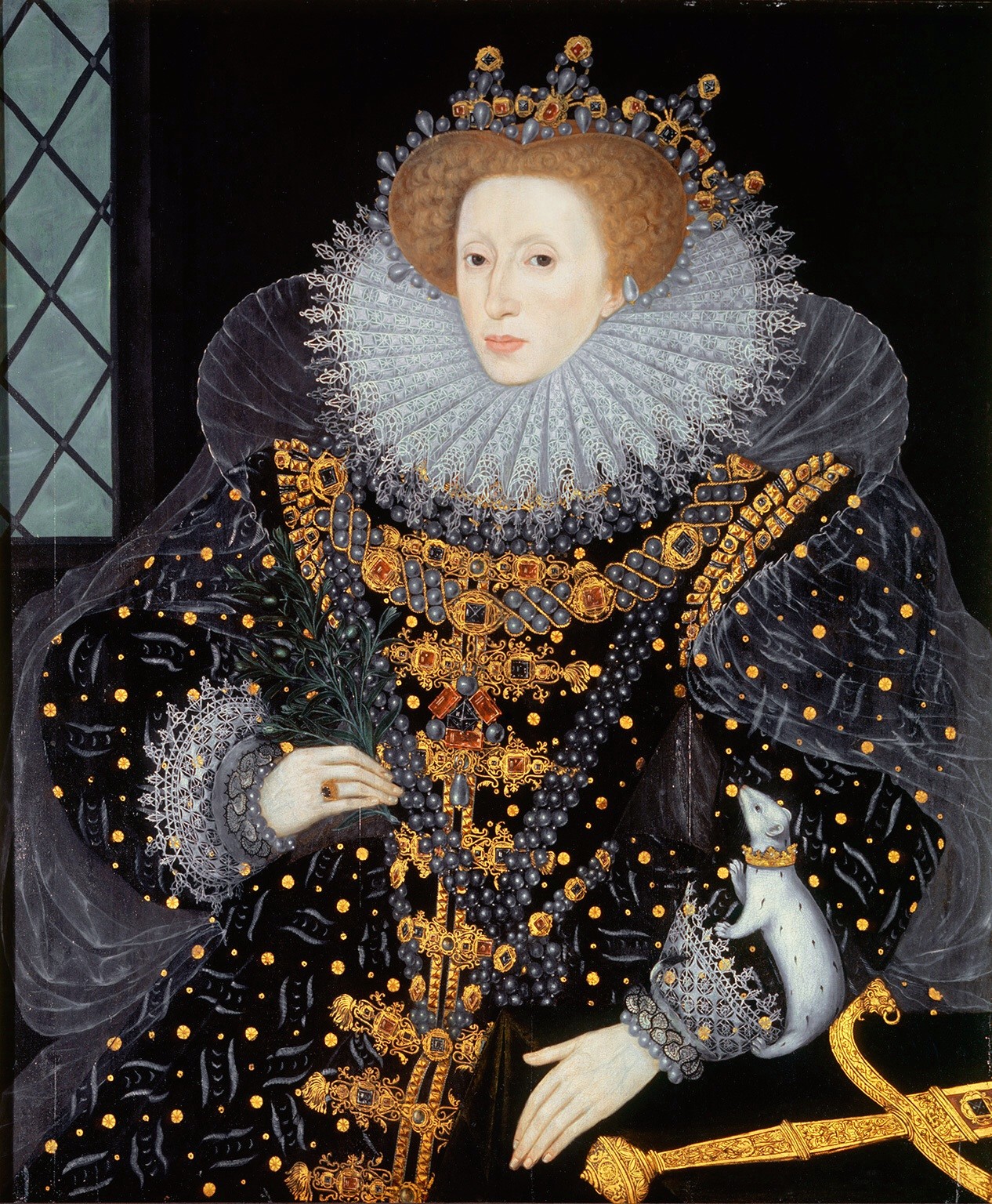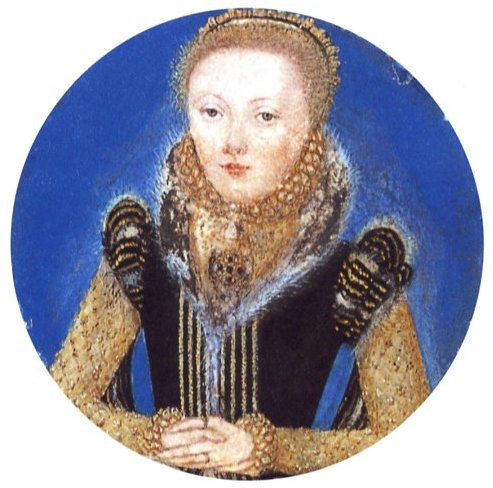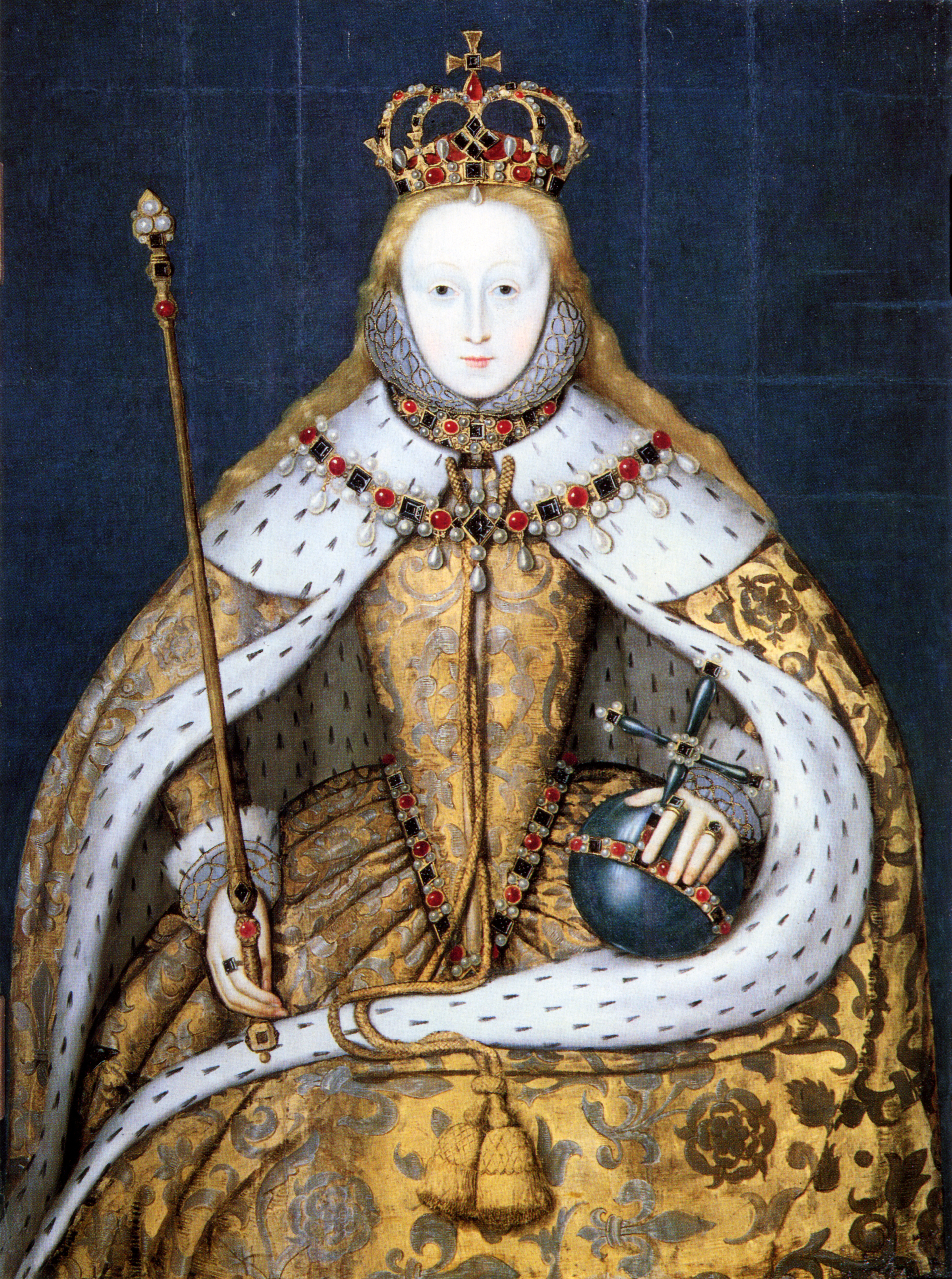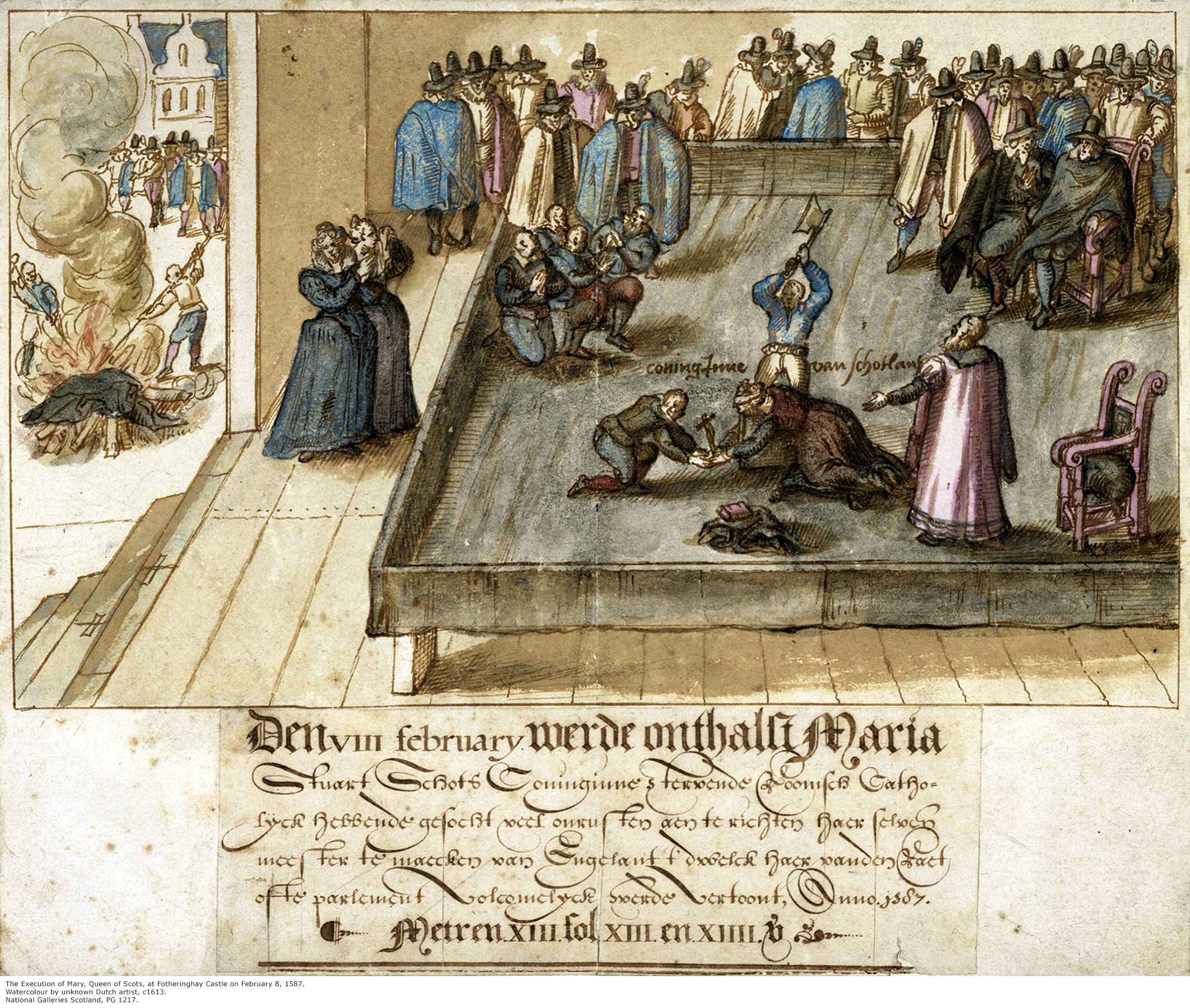The three letters present Elizabeth at her angriest, her most gracious and her most disingenuous. The first letter is to her favourite, Robert Dudley earl of Leicester, who has been fighting the Spanish in the Netherlands and has just accepted the post of the Governor General from the grateful Dutch against Elizabeth’s wishes. She is furious with him, perceives his behaviour as most ungrateful (since he owes most of his fortune to her) and commands him to do whatever the bearer of this letter, Sir Thomas Heneage, will command him to do. One of the commands was apparently to have this letter read aloud in presence of the Dutch States General, while Leicester had to stand by. Of course he had to resign the post as well.
The second letter is to Sir Amyas Paulet, Mary Stuart’s last keeper. Elizabeth thanks him effusively and promises him great rewards, even though no material reward can repay such faithful service as his. She also asks him to tell Mary to beg God forgiveness lest she loses her soul, and she says she is going to pray for her repentance as well. I guess at this point Elizabeth realizes Mary is doomed even though she may not acknowledge it even to herself.
The third letter is written to James VI, Mary’s son, a few days after Mary’s execution. The circumstances are generally well-known, so I won’t go into them. The letter is one of the many steps in Elizabeth’s campaign to convince everybody (including perhaps herself first of all) that she had nothing to do with it. She shies away from putting all her self-justifications in writing, instead saying that the bearer of this letter will explain everything to James. So it fell to the young Robert Carey (the grandson of Mary Boleyn) to put on a brave face and make the best of a bad situation. Elizabeth just assures James that if she had done it, she would have acknowledged it, but she also wouldn’t lay the blame wrongly on anybody else’s shoulders, so why should she on hers? She ends with the most profuse declarations of her love and support, signing off with “your sister and cousin”. James probably didn’t care much, since he didn’t know his mother and his tutors did his best to prejudice him against her, so apart from a few face-saving statements he did nothing. Elizabeth I (The Ermine Portrait). Attributed to William Segar [Public domain], via Wikimedia Commons
Elizabeth I (The Ermine Portrait). Attributed to William Segar [Public domain], via Wikimedia Commons
 Marcus Gheeraerts the Elder [Public domain], via Wikimedia Commons
Marcus Gheeraerts the Elder [Public domain], via Wikimedia Commons
 Elizabeth in her coronation robes, via Wikimedia Commons
Elizabeth in her coronation robes, via Wikimedia Commons
